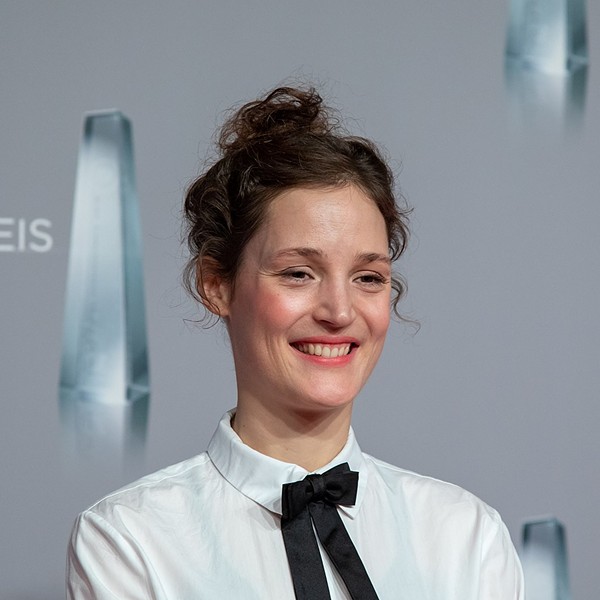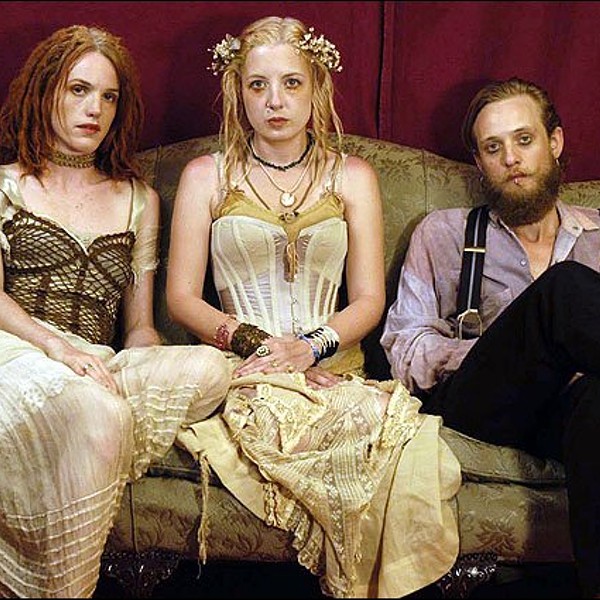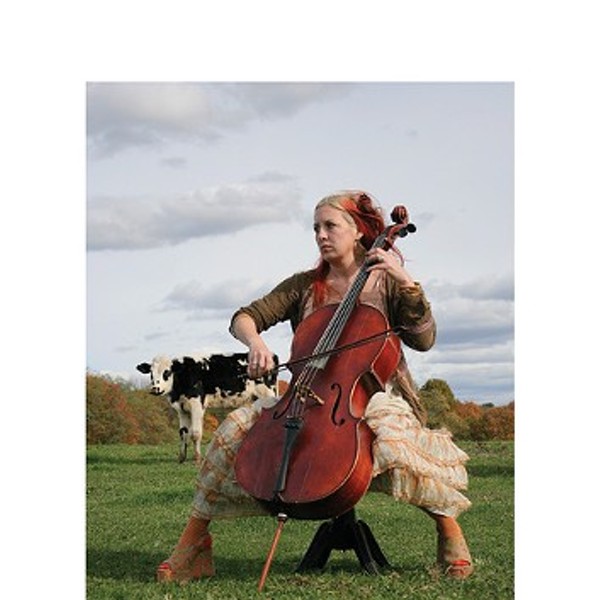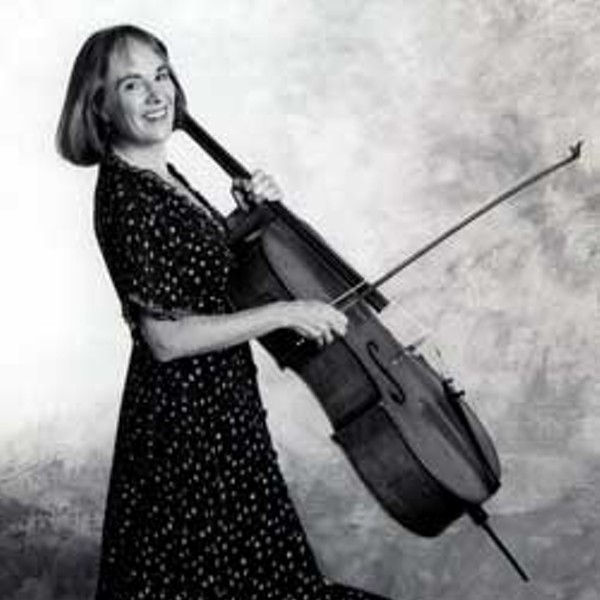After shuffling lineups tumultuously and parting ways with Columbia, the band went on hiatus. Kent left, going on to play with Antony and the Johnsons and others. Creager has had her share of illustrious side gigs as well: Manson, the Pixies, Screaming Trees, Belle & Sebastian. And then there was the stint with Nirvana for the 1994 In Utero tour, an experience she jokingly credits with teaching her “lessons in avoidance of immense fame.” “Kurt Cobain was just like somebody you or I would know,” she says. “A for-real, funny guy. But I could see what the huge rock business was doing to him, mentally and emotionally. He was a really sweet person who didn’t belong in the middle of this gigantic milieu. It just didn’t fit his personality. All of that left an impression on me.”
A reactivated Rasputina signed to Moby’s Instinct imprint for 2002’s Cabin Fever, which continued the dark, distorted rock style the act had been working in previously, and 2004’s Southern Gothic—in more than one sense—opus, Frustration Plantation. Creager started her own Filthy Bonnet label to release the live A Radical Recital in 2005, the same year she moved to Columbia County. “A friend of mine bought a house up here, and when I came to visit I just really loved [the area],” says the singer. “There’s something that draws people here really strongly. I tried to move up several times before, but it took me a while. The cult of New York City has a lot of strength, too.” After she’d finally made the move came Oh Perilous World (2007, Filthy Bonnet), whose songs touch on 1816’s “Little Ice Age” and the life of Mary Todd Lincoln, as well as contemporary topics like the Iraq War and post-Katrina New Orleans.
Dominated by acoustic instruments, Sister Kinderhook represents a return to Rasputina’s true steampunk roots. The inspiration for the album’s regional motifs was a dusty digest dug up in a friend’s basement. “She found this book from the late 1800s that’s kind of like a census, a directory,” Creager explains. “It has the names of everyone in the town and their occupations, mentions a medicinal herb farm run by two brothers. I saw some real mysteries in there. I made field trips to sites like Olana and Lindenwald to do research. There’s a lot of history in Columbia County to draw from.”
It also appears the legend of Rasputina has given a new generation of musicians something to draw from. The group’s autumnal sound and dark-cabaret image are all over younger acts like Joanna Newsom and the Dresden Dolls—though Creager doesn’t see it that way herself. “If that’s true, I didn’t notice it myself,” she says. “I did spend a few years feeling like I didn’t get any respect, though. [Laughs.] So it’s nice to hear it.”
One artist she’s heard it from is Alissa Anderson, who’s performed with freak folk bands Two Gallants and Vetiver. “In high school I was a little punk but played the cello,” says Anderson, who mail-ordered an early seven-inch after coming across a fanzine ad. “Rasputina was hugely influential to me as a young female cellist interested in what lay beyond orchestral music.”
















